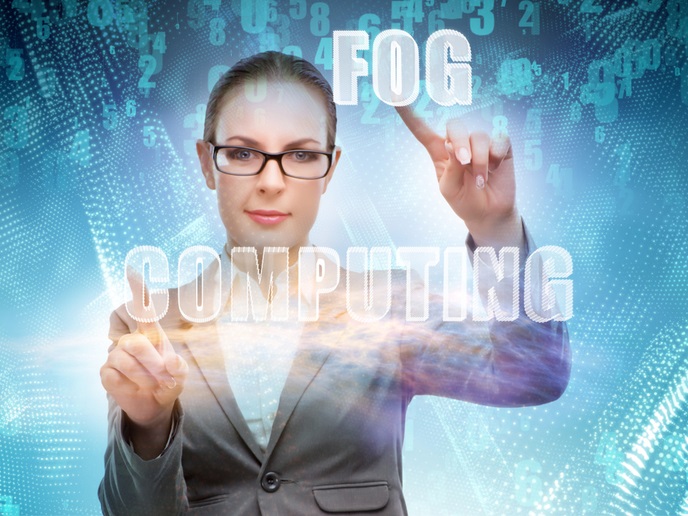Fog and cloud computing work hand in hand
Cloud computing is almost infinite and an industry-wide game changer. But it’s also fragile and latency-prone. Fog computing presents a number of potential advantages, specifically in relation to overcoming obstacles between physical and digital worlds. By bringing cloud computing capabilities closer to the end device and users, fog computing can significantly extend the Internet of Things (IoT) services portfolio as well as market and business opportunities in the cloud sector. The EU-funded mF2C project investigated methods and tools to support resource orchestration across fog and cloud environments. The increasing usage of both paradigms together offers unprecedented novel opportunities to develop new applications and architectural concepts.
Towards a single digital ecosystem
The project addressed the need for an open, secure, decentralised multi-stakeholder fog-to-cloud management framework that includes novel programming models, privacy and security. “The normalisation in the usage of cloud-based technologies, together with the expansion of IoT into a digital mesh, has completely changed the traditional point of view on cloud computing trends,” explains Ana Juan Ferrer, the project coordinator. “Connecting people, devices and services into one single digital ecosystem is a real need for the coming years, and new solutions must be sought to meet user needs in a dynamic way.” Ferrer notes organisational change is inevitable as more companies from traditional sectors are embracing cloud services as a first step towards full digital transformation. “Lower barriers to enter into new markets, emerging business models and updated socio-economic structures are key factors creating new opportunities for businesses, overcoming obstacles between physical and digital worlds,” she adds. To support organisations’ digital transformation, mF2C provided a coordinated management of traditional cloud architectures and novel fog ones. It offered unique capabilities for distributed execution of applications throughout IoT, fog and cloud environments.
Smart systems and services
But, as a horizontal solution, it’s not easy to see results. For this reason, mF2C conducted three use cases. The first case related to emergency management situations involving building collapse. “The deployment of the mF2C architecture in the emergency situation management system has demonstrated a better reliability and quality of service, as well as improving the latency of a response to an alert situation when the software runs on the fog,” reports Ferrer. “Moreover, thanks to the intrinsic redundancy provided by mF2C, the number of devices can be reduced without lowering the quality of service proposed, so hardware-associated costs can be reduced. In addition, the time response to emergency situations improves when the services are run locally, rather than on the cloud, and the emergency services are able to intervene faster, which can save lives.” The second case, related to smart navigation, provided owners and users with an insight into boats’ status over the fog or the cloud, depending on network possibilities. The third case involved a new fog hub service developed for tracking people and objects indoors. According to Ferrer, the project has allowed organisations to create or enhance market-ready products in different sectors. It also helped to generate new business opportunities for industrial stakeholders.
Keywords
mF2C, cloud, fog, computing, digital, cloud computing, IoT, fog computing, internet







